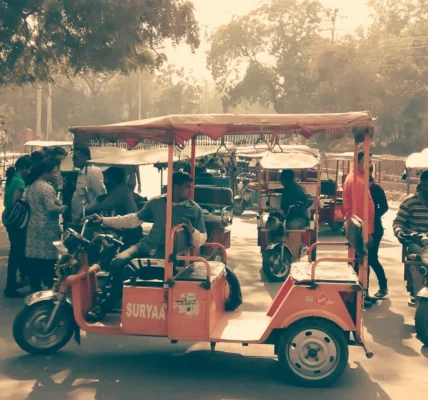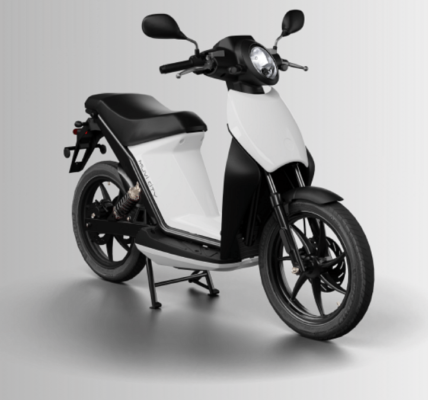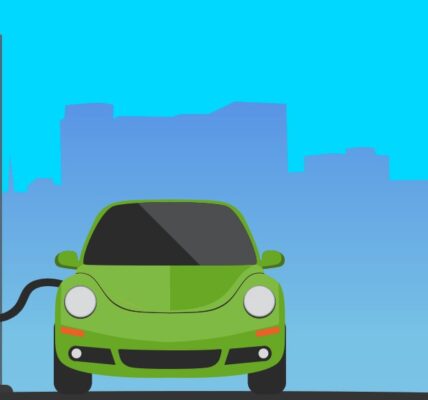It was good times just a few weeks ago for the electric 2W industry in India. E2w sales saw a record volume of 1,05,000 units last month, zipping past the 100,000 mark for the first time. The average run rate for electric two-wheelers, which was around 80,000 units in March, is soon going to be a thing of the past. Why? With the FAME II subsidy reduction effective from June 1, the industry saw it being reduced from 40 percent to 15 percent. In addition, there has been a delay in disbursement of subsidies under the PLI (Production Linked Incentive) scheme.It seems, manufacturers of electric two-wheelers are left with no choice but face a double whammy, analysts told Autocar Professional.
Market leader Ola Electric, which sold 28,536 units overall in May and an average of 7,134 units per week, only sold 902 units from June 1 to June 7. TVS Motors, the second largest in the pecking order, sold just 190 units during the same period. It sold 20,311 units in May and an average of 5,078 units every week. Similarly, Ather Energy, which sold 15,328 units in May and 2,409 per week sold only 87 units in the first week of June.
“The pain was inevitable given the reduction in the FAME subsidy,” said former FADA President Vinkesh Gulati, citing the Vahan registration numbers. ICRA, has cut its growth forecast from 13-15 percent in 2025 to 10-12 percent for the same year. “Going by the current registration trend, the demand for the remaining days of June and July is likely to be weak,” said Rohan Kanwar Gupta, Vice President, ICRA.
The delay in disbursement of subsidies under the Rs 25,938 crore PLI scheme is also making e-two-wheeler makers and their suppliers wary of the road ahead. Automakers are awaiting clarification from the government on the PLI incentive of Rs 604 core under the Champion Incentive scheme, which was effective from 2021-22 and was scheduled to be paid out in 2022-23.
Despite the fact that the scheme went into effect from April 1, 2022, the SOP (standard operating procedure) was only released on April 27 of this year. Manufacturers must have their products certified for the scheme after calculating the domestic value addition (DVA) in accordance with the SOP. Only then will they be eligible for the incentive. “The delay was caused by the government, but we are paying for it,” an auto industry executive explained. “We are still awaiting the factory audit mandated in the statutory norms and are requesting the government to speed it up, said Kapil Shelke, Founder and CEO of Tork Motors, an electric motorcycle company, that has qualified for the Champion Component Scheme.
Hanif Qureshi, Joint Secretary of the Ministry of Heavy Industries, told Autocar Professional that the government is committed to providing incentives under the auto PLI in the current year, and OEMs should speed up taking approvals for their products from testing agencies like ARAI and ICAT. “We made various changes to speed up the process, including deleting SOP sections that business representatives objected to during the consultation meetings. The main benefit we are now delivering is that incentive payments will now be given every quarter rather than during the fiscal year, which will provide relief to the automakers who would otherwise be stressed out due to subsidy adjustments,” said Qureshi.
“If automakers are unable to manage the processes, they may also lose a 7–8 percent benefit they would have realised in the current year and would have served as a cushion,” said Hemal Thakkar, senior practice leader and director at Crisil.








